Your stomach growls and feels empty, so you head for the fridge. But wait – you just ate a couple of hours ago. Are you really hungry, or is there something else causing these “hunger pains?”
It’s a good question, because if you respond to false hunger pains (or hunger pangs) you may end up consuming extra calories that you don’t need. Doing this daily can easily lead to weight gain. False hunger also makes losing weight a will-power battle that is easily lost.
I’m going to share with you 3 common causes of false hunger stomach pangs or pains. I’ll also share with you how to eat to quiet those false hunger cues so you can achieve and maintain a healthy weight.
Eating Too Much
Eating overly large meals stretches the stomach. When gastric juices pour in, it stretches the stomach even more. This leads to irritation of the stomach lining. When the stomach is finally empty, hours later, the irritated stomach walls rub against each other causing “hunger pains.”
Insufficient Chewing
I have a teen son that “wolfs down” his food. He can clear a full plate in a few minutes flat. When you swallow large chunks of food, it takes your stomach an excessively long time to break it down. This can also lead to stomach lining irritation and false hunger pangs. And yes, my son has experienced intense gnawing stomach pain hours after a meal. He now occasionally chews his food. (Sigh.)
Toxic Hunger
A micronutrient and phytonutrient-poor diet (packaged highly-processed foods, animal-based foods, oils, and sugar) can lead to “toxic hunger.”
When digestion is complete, the body begins to mobilize and eliminate waste products, causing uncomfortable symptoms. If we allow waste metabolites to build up by eating unhealthy foods, we will feel discomfort when the body attempts to mobilize and remove these wastes. I propose that these sensations are actually symptoms of detoxification and withdrawal from an unhealthy diet, lacking in crucial micronutrients. I call this Toxic Hunger. “ – Joel Fuhrman, MD
Eating quiets these false toxic-hunger cues. But there are better ways to do this.
How to Quiet False Hunger Pangs
Eat Until 80% Full
People living in Okinawa have one the highest life expectancy rates in the world. In addition to eating primarily plant-based, they have a meal culture that encourages moderation. Before each meal they repeat the phrase “hara hachi bu,” which reminds them to eat until 80% full. No stuffing themselves, and no stomach irritation due to overly large meals.
Chew Your Food
Digestion begins in the mouth. Chewing your food well increases the surface area for gastric juices to go to work. Food doesn’t take as long to break down and be digested. Your stomach will thank you for it, and you’ll consume fewer calories.
Eat a Nutrient Dense Diet
In his studies, Dr. Fuhrman has found that 80% of his patients that adopt a nutrient-dense whole food, plant-based (Nutritarian) diet have a much improved, true hunger experiences.
That means –
- Fewer hunger pains
- Less discomfort when a meal is late or skipped
- Less irritability (otherwise known as hangry 🙂
- Despite a lower caloric intake!
When eating a nutrient-dense diet, true hunger is primarily felt in the mouth and throat, and less often in the head and stomach.
When your body is getting the micronutrients it needs to function well, you are able to break free of false hunger and toxic hunger pains.
If you’re ready to fuel your body with nutrient-dense juices and meals so you can achieve and maintain a healthy weight – without the “hangries” and without feeling like you’re “starving” yourself thin – check out the 6-week Juicy Plant-Based KickStart Program.
Source: Hungry? True Hunger versus Toxic Hunger
Source: Hunger Pangs: What They Are and How to Allieviate Them

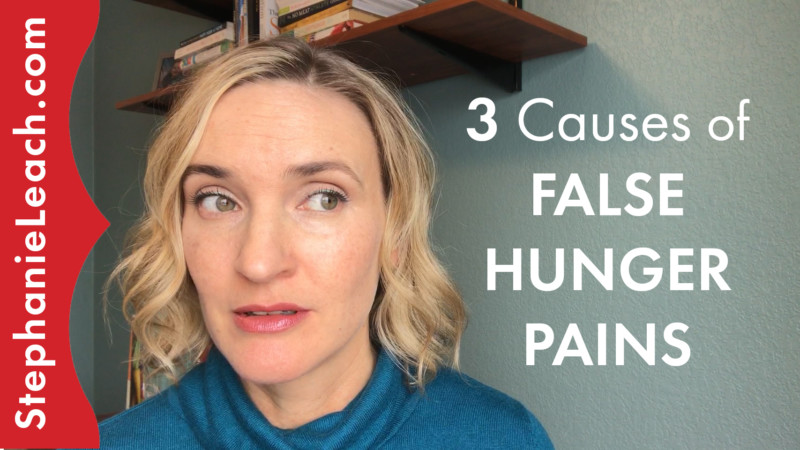
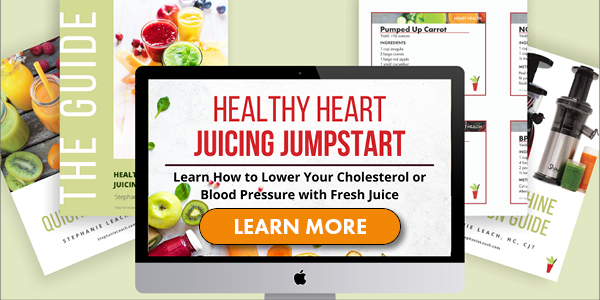



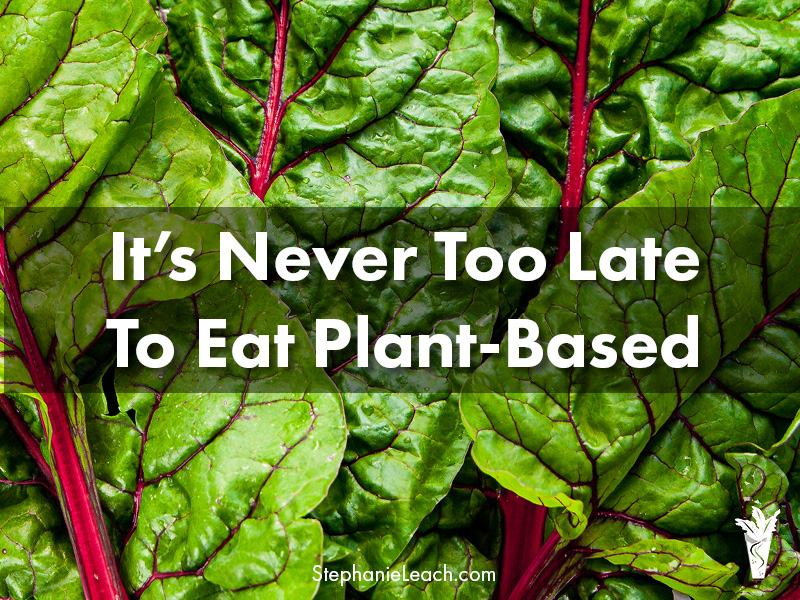
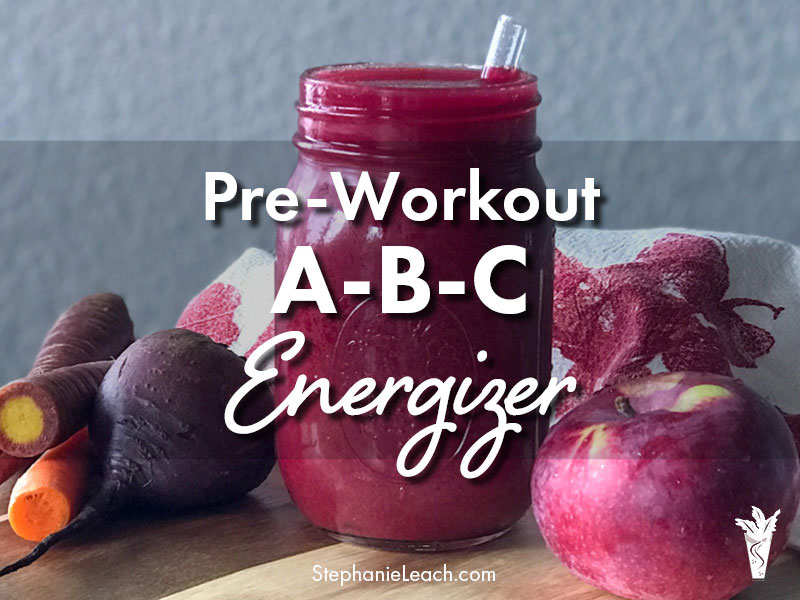
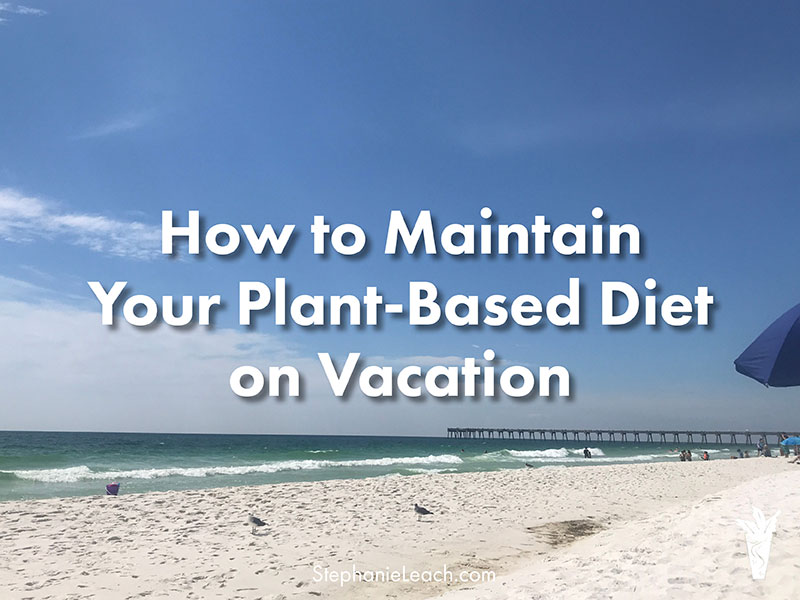
Leave A Comment